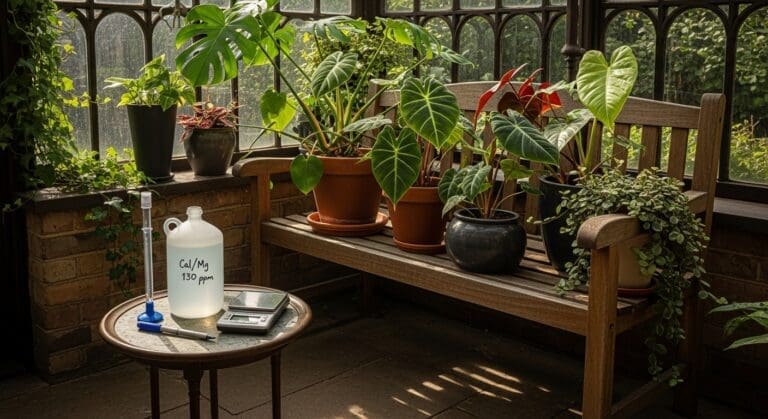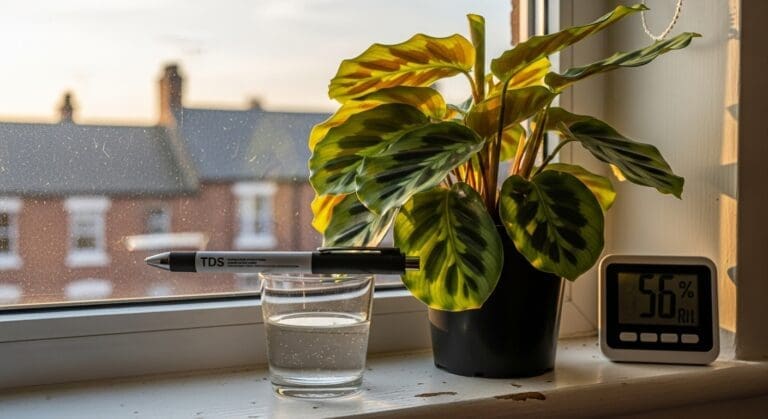Ferns have an old-world charm — lush fronds, intricate textures, and a way of softening any space. But while they might seem like low-maintenance greenery, the secret to thriving indoor ferns isn’t just in the light or watering schedule. It’s in the soil. More specifically, it’s in finding the perfect balance between drainage and moisture retention — a balance that keeps roots healthy without drying them out or drowning them.
I’ve learned the hard way that the wrong soil can quietly sabotage even the healthiest fern. “It looked fine for weeks, then one morning the fronds were limp and brown — the roots had rotted before I realised,” I once sighed to a fellow plant friend. Getting the soil mix right is one of those small steps that makes all the difference.
Why Soil Matters So Much for Indoor Ferns
Ferns naturally grow in the understory of forests, where soil is loose, rich in organic matter, and consistently moist but never waterlogged. Indoors, they rely on us to recreate this delicate environment.
If your soil drains too fast, you’ll be watering constantly and still see fronds crisping at the edges. Too heavy, and roots will suffocate in soggy conditions. The right soil mix mimics a forest floor — airy enough for oxygen to reach the roots but able to hold steady moisture.
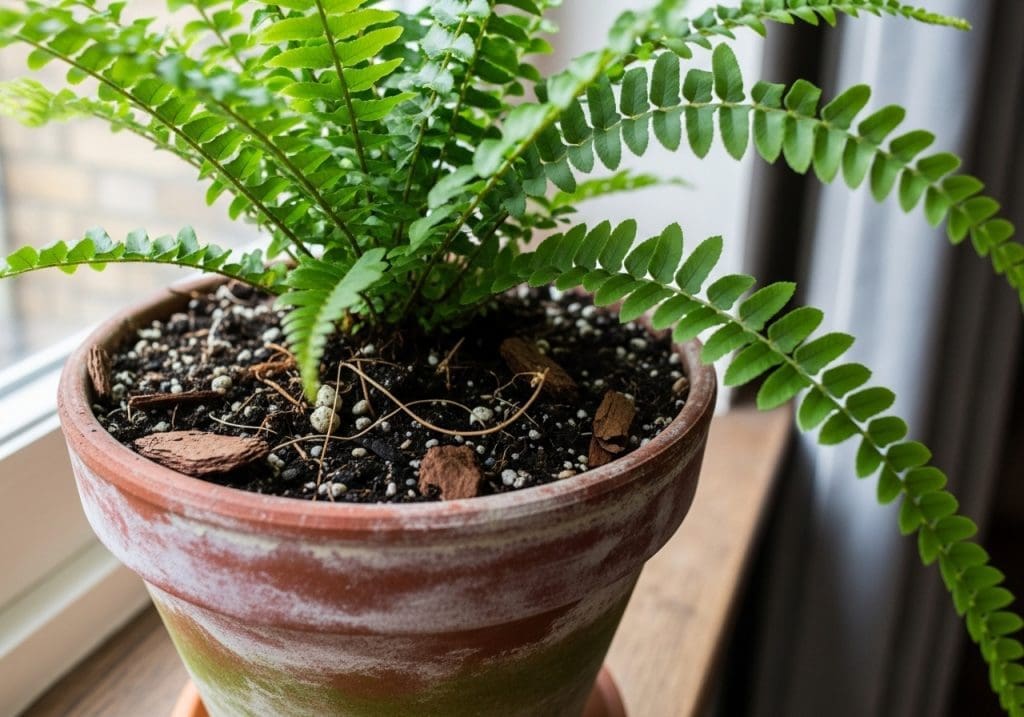
Core Components of the Ideal Fern Soil Mix
When creating or buying a potting mix for ferns, think in terms of three functions: drainage, moisture retention, and nutrient support.
1. Peat-Free Compost or Coco Coir
- Holds moisture while providing a light texture.
- Coco coir is a sustainable alternative to peat moss, now widely available in US and UK garden centres.
- It’s resistant to compaction, which keeps roots breathing.
2. Pine Bark or Orchid Bark Chips
- Creates air pockets that improve drainage.
- Slowly decomposes, adding organic matter to the soil.
3. Perlite or Pumice
- Small, white volcanic rock particles that prevent soil from becoming too dense.
- Helps water flow evenly through the mix.
A typical starting mix could be:
- 40% peat-free compost or coco coir
- 30% pine bark chips
- 20% perlite
- 10% worm castings or leaf mould (for gentle nutrients)
A Word from the Experts
Dr. Sarah Green, horticulturist at the Royal Horticultural Society, explains:
“Indoor ferns prefer a soil that stays evenly moist but not wet. This can be achieved by combining materials that hold water with those that promote air circulation. It’s a living environment — not just dirt in a pot.”
You can explore more about recommended fern soil and care at the University of Minnesota Extension’s “Growing tropical ferns indoors” guide.
How to Test If Your Soil Mix Is Right
Once you’ve prepared your soil, do a simple drainage test:
- Fill your pot with the mix and water thoroughly.
- If water gushes straight out in seconds, it’s too light — add more moisture-retaining material.
- If water sits on the surface for more than a minute, it’s too heavy — add more bark or perlite.
I always like to check again after a week of watering. “If I find the top inch bone dry every day, I know I’ve gone too airy,” I remind myself.
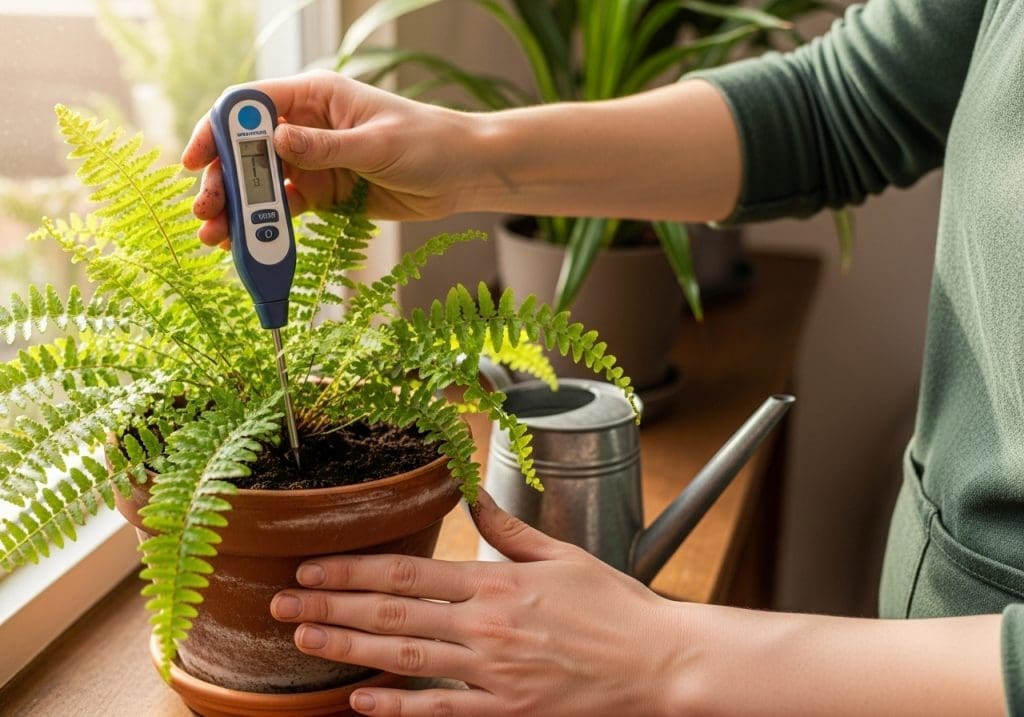
Seasonal Adjustments for Soil Moisture
In the US and UK, seasonal changes affect indoor humidity and temperature, which means your soil’s behaviour changes too.
- Winter: Central heating can dry soil out faster than you expect. Using a layer of moss or leaf mulch on top can help conserve moisture.
- Summer: Higher temperatures can cause faster evaporation, but ferns may also slow growth in extreme heat, so avoid overwatering.
Choosing the Right Pot for the Right Soil
Even the perfect soil mix won’t save a fern in the wrong container. For ferns:
- Use pots with good drainage holes.
- Avoid deep, narrow pots — ferns have shallow root systems.
- Consider unglazed terracotta for breathability, but be aware they dry out faster.
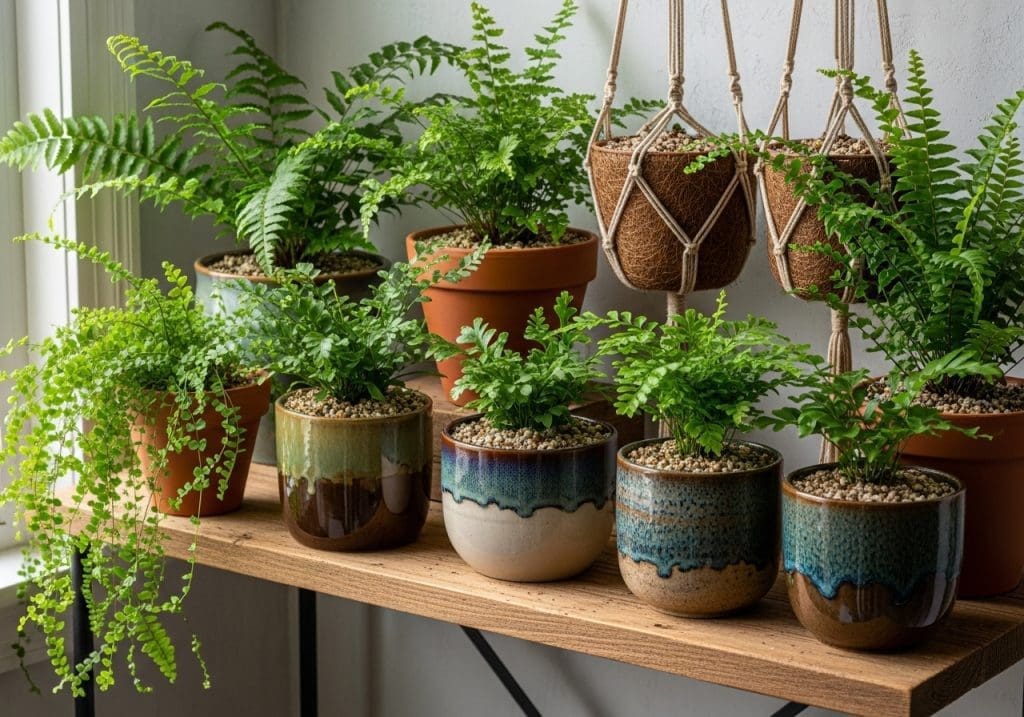
Pre-Mixed Potting Soils: Are They Worth It?
Garden centres and online retailers sell “fern potting mix,” but always check the label:
- Look for peat-free options.
- Avoid mixes heavy in sand — ferns aren’t succulents.
- Ensure a balance of organic matter and chunky elements for airflow.
If you’re short on time or space to mix your own, these can be a good base — but improving them with extra bark or perlite often pays off.
Troubleshooting Soil-Related Problems
If you’ve ever struggled with overwatering or soggy roots, our guide on Root Rot in Ferns — Save Your Plant will help you spot the early signs and fix the problem before it’s too late.
Signs your soil may be too heavy:
- Persistent surface moisture days after watering.
- Yellowing fronds starting at the base.
Signs your soil may be too light:
- Soil pulling away from the pot edges.
- Crisping frond tips even with regular watering.
Sometimes, just repotting with the right mix can revive a struggling fern within weeks.
Final Tip: Think Like a Forest
The most successful indoor fern growers recreate the forest floor in miniature — layers of texture, constant mild moisture, and space for roots to breathe. When in doubt, lean towards airy mixes and adjust watering rather than relying on heavy soils.

RarePlantCare Editorial Team produces expert content on rare plants.
Our articles are AI-assisted and human-edited before publication.
We aim to provide practical, evidence-based guides for plant lovers worldwide.
Learn more about our Editorial Policy



